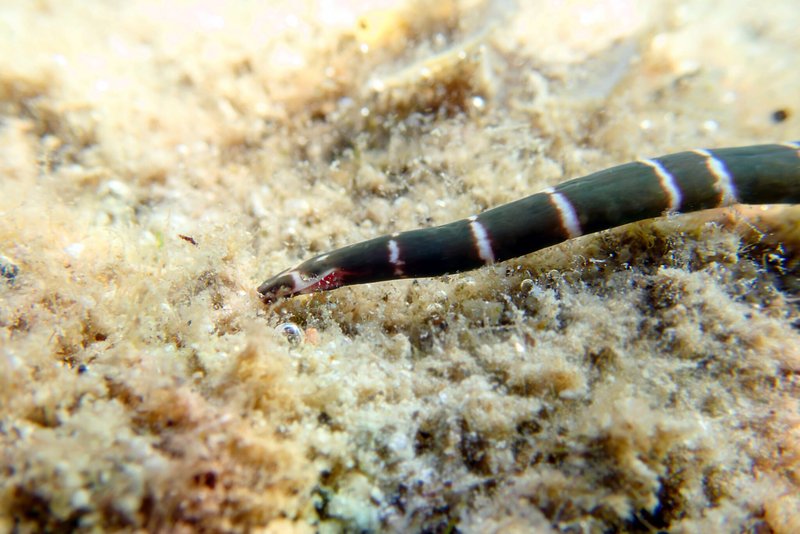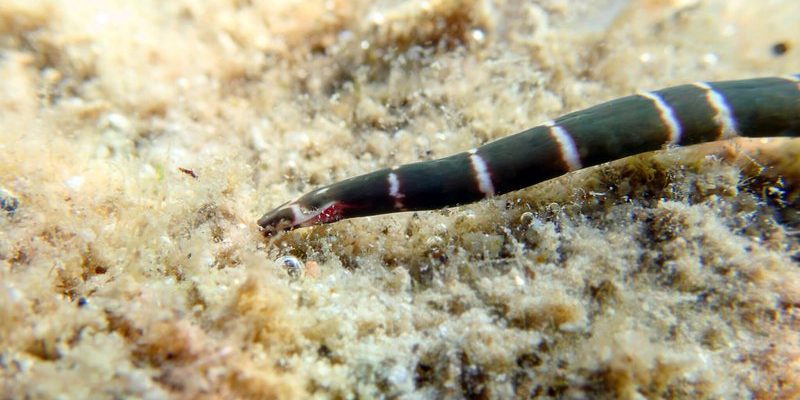
You might be wondering how a worm can have such an important job. Well, ribbon worms are not your everyday garden variety. They have a special knack for burrowing through sediment and maintaining the balance of these underwater ecosystems. Let’s dive into this topic together and explore how ribbon worms contribute to ocean floor sediment stability.
What Are Ribbon Worms?
Ribbon worms, or *Nemertea*, are fascinating creatures that come in various colors and sizes. They can be as short as a few millimeters or stretch up to 30 meters long! Imagine a spaghetti noodle that can wiggle and burrow—these worms have a unique body structure that allows them to navigate through sediments with ease. Their bodies are soft and flexible, which helps them adapt to different environments.
You might be surprised to learn that ribbon worms possess a straw-like feeding structure called a proboscis. This organ helps them capture prey, such as small fish and crustaceans, while also playing a part in their interaction with sediments. Their ability to dig into the ocean floor means they are always on the move, shaping the sediment around them.
Ribbon worms are primarily found in coastal waters, but they can also be spotted in deeper ocean environments. They thrive in various sediment types, from sandy shores to muddy seabeds, enabling them to play a pivotal role in these ecosystems.
The Role of Ribbon Worms in Sediment Stability
Now that we know what ribbon worms are, let’s look at how they help with sediment stability. Picture a garden: you have to turn the soil and aerate it to promote healthy growth. Ribbon worms do something similar for the ocean floor. As these worms burrow through the sediment, they create channels that help water circulate more freely.
This circulation is crucial for many reasons. First, it allows oxygen and nutrients to reach deeper layers of the sediment. When sediments are compacted, they can become devoid of life, which is bad news for everything from tiny microorganisms to larger sea creatures. By creating spaces, ribbon worms help maintain a diverse ecosystem.
Additionally, the burrowing action of ribbon worms helps to prevent erosion. When sediment is loosely packed, the water can easily wash it away. But by tunneling through the sediment, these worms hold everything together, reducing the risk of losing precious soil and nutrients. It’s almost like they create a protective web beneath the ocean floor.
How Do Ribbon Worms Affect Marine Life?
You might be curious about how ribbon worms impact other marine life. Well, their burrowing activities benefit a variety of organisms. For instance, many fish and crustaceans rely on the stability of the sediment for reproduction and feeding. When the environment remains healthy, it fosters a rich biodiversity.
Moreover, as ribbon worms dig, they help mix organic matter into the sediment. This not only provides food for other creatures but also encourages the growth of bacteria that break down this material, creating a healthier ecosystem. In a way, you could think of ribbon worms as both gardeners and recyclers of the ocean floor.
Interestingly, ribbon worms themselves are part of the food web. Many predators, including larger fish and some seabirds, feed on them. By supporting both their immediate habitat and the creatures that rely on them, ribbon worms play a vital role in maintaining marine ecosystems.
The Impact of Environmental Changes
Just like many organisms, ribbon worms are not immune to the effects of environmental changes. For example, pollution, climate change, and ocean acidification can disrupt their habitats and reduce their populations. When ribbon worms decline, it can have a ripple effect. Reduced numbers can lead to destabilized sediments, which can ultimately affect the entire ecosystem.
Let’s take a closer look at pollution. When harmful substances enter the ocean, they can affect the health of ribbon worms. If they can’t thrive due to contaminants in their environment, the sediment stability they usually provide could falter. This can lead to increased erosion and decreased biodiversity, making the ocean environment less resilient.
Similarly, climate change is causing alterations in ocean temperatures and salinity levels. These changes can affect ribbon worm behavior and reproduction, potentially leading to decreased populations. As stewards of the ocean floor, a decline in their numbers may spell trouble for marine ecosystems.
Conserving Ribbon Worms and Their Habitats
So, what can we do to help protect ribbon worms and their vital role in ocean ecosystems? Conservation efforts are essential in maintaining healthy marine environments. This starts with reducing pollution through better waste management and advocating for sustainable fishing practices.
Additionally, protecting coastal habitats can benefit ribbon worms greatly. This means safeguarding mangroves, salt marshes, and other critical areas that provide shelter and food. By preserving these environments, we give ribbon worms a fighting chance to thrive.
You might also consider supporting research initiatives that focus on marine ecosystems. Scientists are continuously learning more about the crucial roles organisms like ribbon worms play. By investing in these studies, we can better understand how to protect these sensitive environments for future generations.
As we’ve explored, ribbon worms are fascinating creatures with an essential role in maintaining ocean floor sediment stability. Their ability to burrow through sediments promotes diverse marine ecosystems and protects against erosion. They might not grab headlines like dolphins or sharks, but their contributions are equally vital.
By understanding the importance of ribbon worms, we can better appreciate the intricate web of life that exists beneath the waves. Let’s take a moment to recognize these unsung heroes and commit to protecting their habitats. After all, a healthy ocean floor leads to a thriving underwater world, benefiting all who depend on it.
So, next time you think about the ocean, remember that it’s not just the big fish and colorful corals that matter—often, it’s the little guys, like ribbon worms, that hold everything together.

